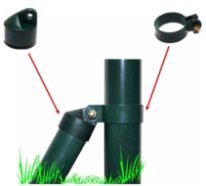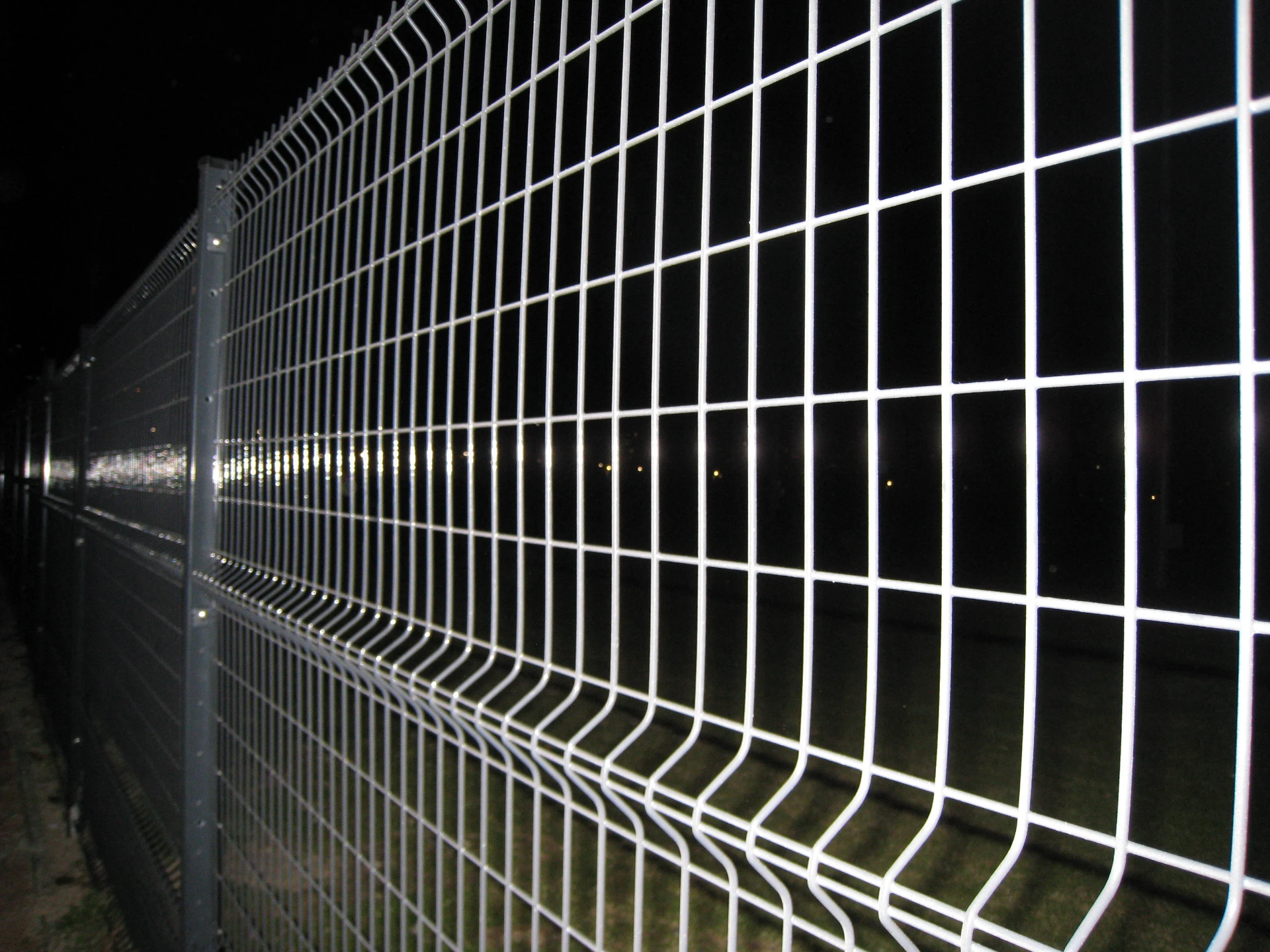-
Email:zhao@hyliec.cn
-
Tel:+86 311 85273988
-
WhatsAPP:8613931128750
-
 Afrikaans
Afrikaans -
 Albanian
Albanian -
 Amharic
Amharic -
 Arabic
Arabic -
 Armenian
Armenian -
 Azerbaijani
Azerbaijani -
 Basque
Basque -
 Belarusian
Belarusian -
 Bengali
Bengali -
 Bosnian
Bosnian -
 Bulgarian
Bulgarian -
 Catalan
Catalan -
 Cebuano
Cebuano -
 Corsican
Corsican -
 Croatian
Croatian -
 Czech
Czech -
 Danish
Danish -
 Dutch
Dutch -
 English
English -
 Esperanto
Esperanto -
 Estonian
Estonian -
 Finnish
Finnish -
 French
French -
 Frisian
Frisian -
 Galician
Galician -
 Georgian
Georgian -
 German
German -
 Greek
Greek -
 Gujarati
Gujarati -
 Haitian Creole
Haitian Creole -
 hausa
hausa -
 hawaiian
hawaiian -
 Hebrew
Hebrew -
 Hindi
Hindi -
 Miao
Miao -
 Hungarian
Hungarian -
 Icelandic
Icelandic -
 igbo
igbo -
 Indonesian
Indonesian -
 irish
irish -
 Italian
Italian -
 Japanese
Japanese -
 Javanese
Javanese -
 Kannada
Kannada -
 kazakh
kazakh -
 Khmer
Khmer -
 Rwandese
Rwandese -
 Korean
Korean -
 Kurdish
Kurdish -
 Kyrgyz
Kyrgyz -
 Lao
Lao -
 Latin
Latin -
 Latvian
Latvian -
 Lithuanian
Lithuanian -
 Luxembourgish
Luxembourgish -
 Macedonian
Macedonian -
 Malgashi
Malgashi -
 Malay
Malay -
 Malayalam
Malayalam -
 Maltese
Maltese -
 Maori
Maori -
 Marathi
Marathi -
 Mongolian
Mongolian -
 Myanmar
Myanmar -
 Nepali
Nepali -
 Norwegian
Norwegian -
 Norwegian
Norwegian -
 Occitan
Occitan -
 Pashto
Pashto -
 Persian
Persian -
 Polish
Polish -
 Portuguese
Portuguese -
 Punjabi
Punjabi -
 Romanian
Romanian -
 Russian
Russian -
 Samoan
Samoan -
 Scottish Gaelic
Scottish Gaelic -
 Serbian
Serbian -
 Sesotho
Sesotho -
 Shona
Shona -
 Sindhi
Sindhi -
 Sinhala
Sinhala -
 Slovak
Slovak -
 Slovenian
Slovenian -
 Somali
Somali -
 Spanish
Spanish -
 Sundanese
Sundanese -
 Swahili
Swahili -
 Swedish
Swedish -
 Tagalog
Tagalog -
 Tajik
Tajik -
 Tamil
Tamil -
 Tatar
Tatar -
 Telugu
Telugu -
 Thai
Thai -
 Turkish
Turkish -
 Turkmen
Turkmen -
 Ukrainian
Ukrainian -
 Urdu
Urdu -
 Uighur
Uighur -
 Uzbek
Uzbek -
 Vietnamese
Vietnamese -
 Welsh
Welsh -
 Bantu
Bantu -
 Yiddish
Yiddish -
 Yoruba
Yoruba -
 Zulu
Zulu
Chicken Wire Cost Low-Cost Mesh & Fencing Pricing Per Foot
Understanding chicken wire pricing requires analyzing multiple industry factors. Here's a structured overview of what this guide covers:
- Material composition and technical specifications affecting pricing
- Comparative analysis of industry-standard mesh types
- Cost calculation methods for fencing projects
- Price variations by gauge and coating type
- Leading manufacturer comparisons with regional pricing
- Project-specific custom solutions
- Implementation strategies for different applications

(chicken wire cost)
Material Composition and Technical Specifications
Galvanization type fundamentally impacts chicken wire cost
. Hot-dipped galvanized wire adds 20-35% to raw material expenses but extends product lifespan by 8-12 years in corrosive environments. Mesh gauge remains the primary cost driver - 20-gauge represents the industry standard with base pricing starting at $0.40 per sq. ft., while heavier-duty 19-gauge commands 25% premium pricing. Hexagonal cell sizes typically range from 1/2-inch to 2-inch apertures, with specialized 1-inch configurations costing 18% more than standard options due to specialized tooling requirements.
Comparing Industry-Standard Mesh Types
| Mesh Type | Gauge | Aperture Size | Average Cost/sq. ft. | Installation Cost Savings |
|---|---|---|---|---|
| Poultry Netting | 22 | 1" hexagonal | $0.35-$0.48 | 30% lower labor cost |
| Garden Protection | 20 | 1.5" hexagonal | $0.43-$0.58 | Standard installation |
| Construction Grade | 19 | 2" hexagonal | $0.62-$0.85 | 20% faster installation |
Calculating Fencing Project Expenses
Perimeter fencing installations demonstrate significant material variance based on terrain complexity. Standard residential projects (0.25 acre perimeter) using mid-grade 20-gauge galvanized mesh incur $350-$600 in material costs, with professional installation adding $950-$1,500. Roll width directly affects structural support requirements - 36" width needs posts every 6 feet ($4.25/linear ft installed), while 48" options permit 8-foot spacing ($3.80/linear ft). Concrete anchoring (recommended for permanent installations) adds 18-22% to foundational expenses but reduces maintenance frequency by 40% over 5 years.
Per-Foot Pricing Variations by Specification
Material thickness shows non-linear cost progression: 22-gauge averages $0.14 per linear foot for 36" width, while upgrading to 19-gauge increases cost by 55% ($0.22/foot). PVC coating adds $0.06-$0.09 per linear foot over baseline galvanized pricing but reduces replacement cycles in coastal climates from 6 years to 12+ years. Specialty configurations like curved border wire reinforcement add $0.18 per linear foot but prevent mesh sagging for 7+ years without maintenance, reducing long-term costs by approximately 35%. Bulk purchasing (50+ rolls) typically yields 8-15% discounts from major distributors.
Manufacturer Value Comparison
| Supplier | Hot-Dipped vs Electro | 50-ft Roll Price Range | Commercial Project Discount | UV Resistance Guarantee |
|---|---|---|---|---|
| Amcraft Metals | Both | $45-$78 | 15% over $2,500 | 7-year |
| Red Brand | Hot-Dipped Only | $62-$95 | 12% over $3,000 | 10-year |
| Prairie Hardware | Electro Only | $38-$64 | 8% over $1,800 | 5-year |
Project-Specific Implementation Approaches
Vineyard managers report 45% cost reduction using sacrificial low-gauge wire (23-gauge) on temporary trellising, replaced seasonally at $0.29 per sq. ft. versus permanent 19-gauge installations at $1.10 per sq. ft. Urban poultry coops benefit from height-layered designs combining 48" mesh at $0.52 per sq. ft. for lower sections and lightweight 36" overhangs at $0.38 per sq. ft., creating predator-proof barriers at $23 per linear foot installed. Municipal projects leverage custom-selvedge wire with reinforced edges, eliminating terminal posts every 50 feet for 18% infrastructure savings despite 25% higher material cost per foot.
Strategic Sourcing for Optimal Chicken Wire Cost
Regional purchasing patterns significantly impact budget allocations. Midwest agricultural operations report 12% seasonal discounts during March-April preplanting sales cycles. Coastal operations should prioritize polymer-coated options despite 30% higher initial chicken wire cost per foot, as salt exposure causes standard galvanized mesh to degrade 3x faster. Volume installations exceeding 500 linear feet gain maximum advantage through direct mill purchasing, bypassing distributor markups to achieve chicken wire fencing cost reductions of 22-28%. Always reconcile manufacturer warranties with project timelines - minimum 7-year coverage proves essential for commercial viability, particularly when evaluating cost of chicken wire mesh systems requiring ultraviolet resistance.

(chicken wire cost)
FAQS on chicken wire cost
Q: What factors influence the cost of chicken wire mesh?
A: The cost of chicken wire mesh depends on material type (galvanized vs. PVC-coated), gauge thickness, and roll size. Retailer pricing and bulk purchase discounts also affect the final price.
Q: How much does chicken wire fencing cost per foot?
A: Chicken wire fencing typically costs between $0.10 to $0.50 per foot, depending on height, gauge, and coating. Installation labor may add $1-$3 per foot for professional services.
Q: Is chicken wire cheaper than other types of fencing?
A: Yes, chicken wire is generally more affordable than wood, vinyl, or chain-link fencing. However, it’s less durable and best suited for temporary or small-scale projects.
Q: Does the cost of chicken wire vary by retailer?
A: Yes, prices can differ between hardware stores, farm suppliers, and online platforms. Comparing bulk deals and seasonal sales can help secure lower rates.
Q: What’s the average cost to fence a coop with chicken wire?
A: A standard 50-foot roll of 48-inch-tall chicken wire costs $20-$60. For a small coop, total material expenses often range from $50-$150, excluding tools or fasteners.
-
Secure Your Space with Double Wire Mesh Fences
NewsJun.20,2025
-
Modern and Stylish 3D Fencing Solutions
NewsJun.20,2025
-
Enhance Your Garden with Beautiful Border Fences
NewsJun.20,2025
-
Enhance Security with High-Quality Fencing Solutions
NewsJun.20,2025
-
Elevate Your Space with Elegant Fencing Solutions
NewsJun.20,2025
-
Durable and Secure Fencing Solutions
NewsJun.20,2025
